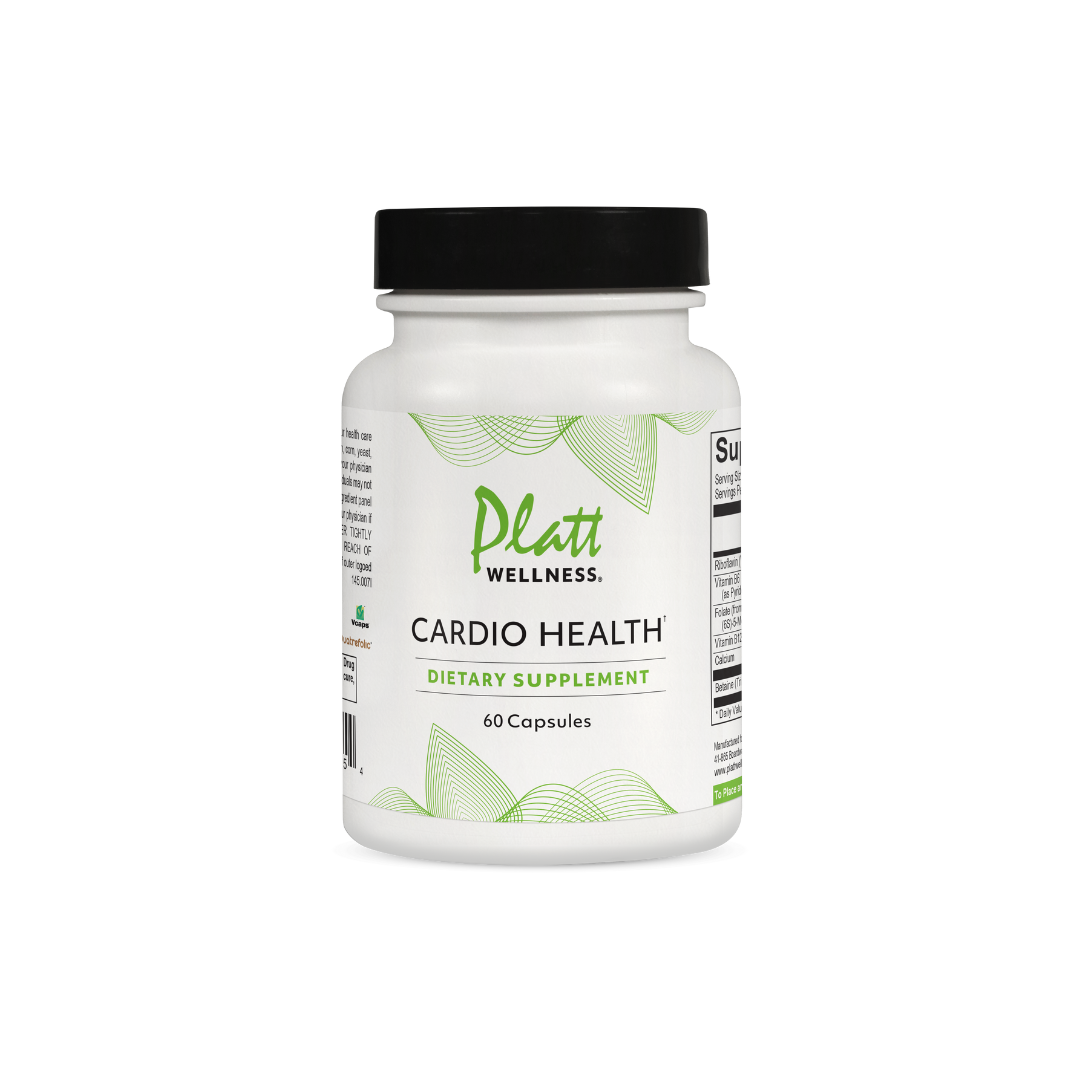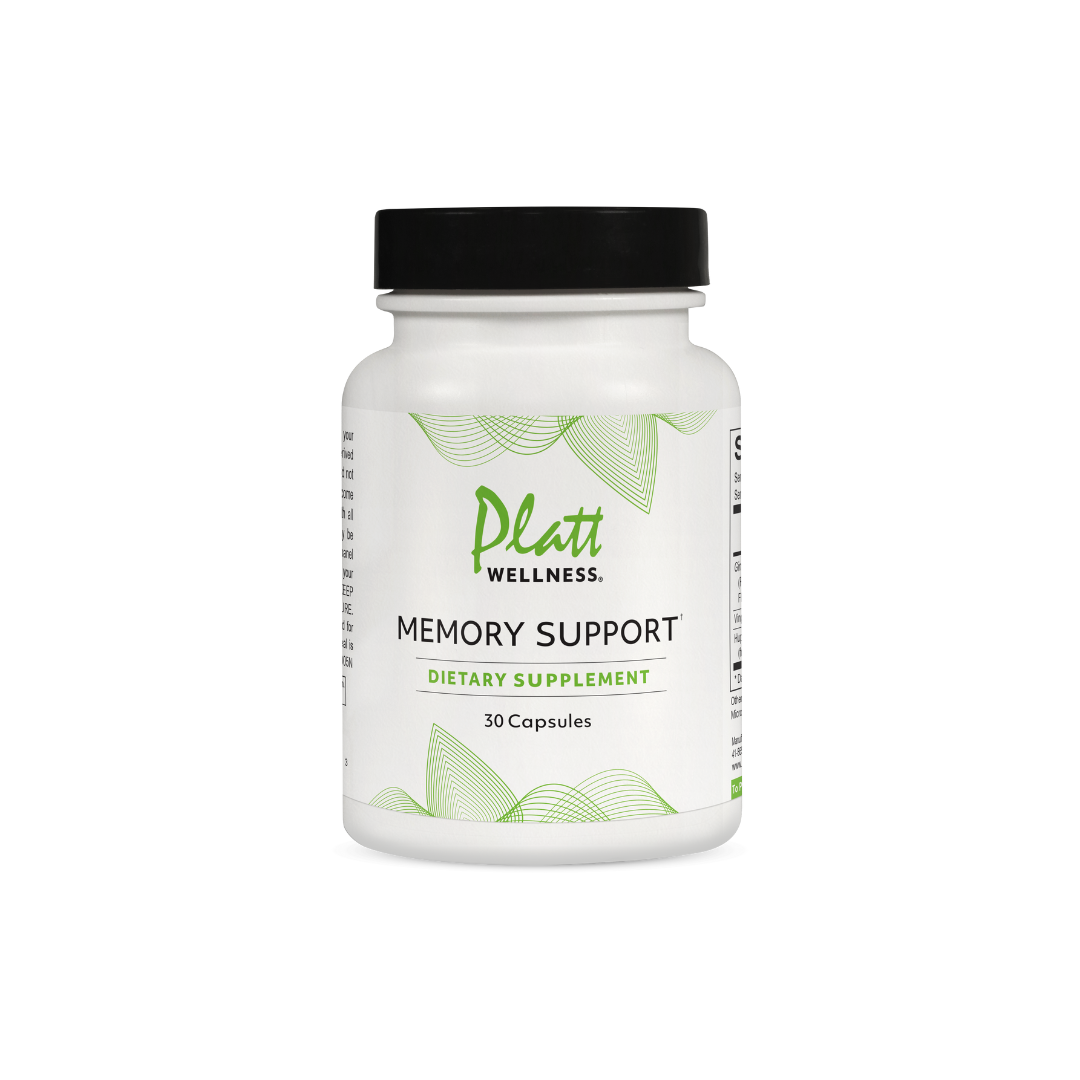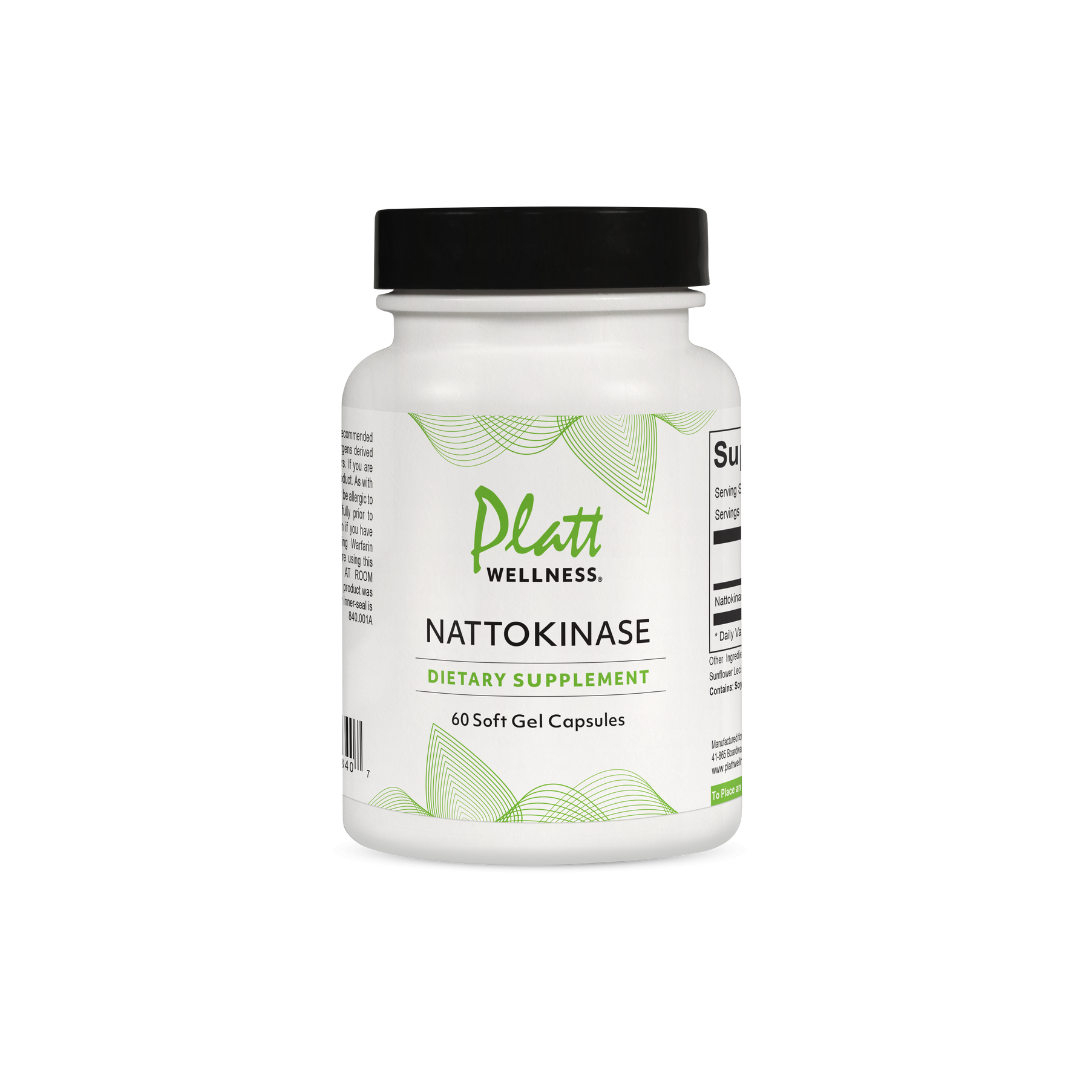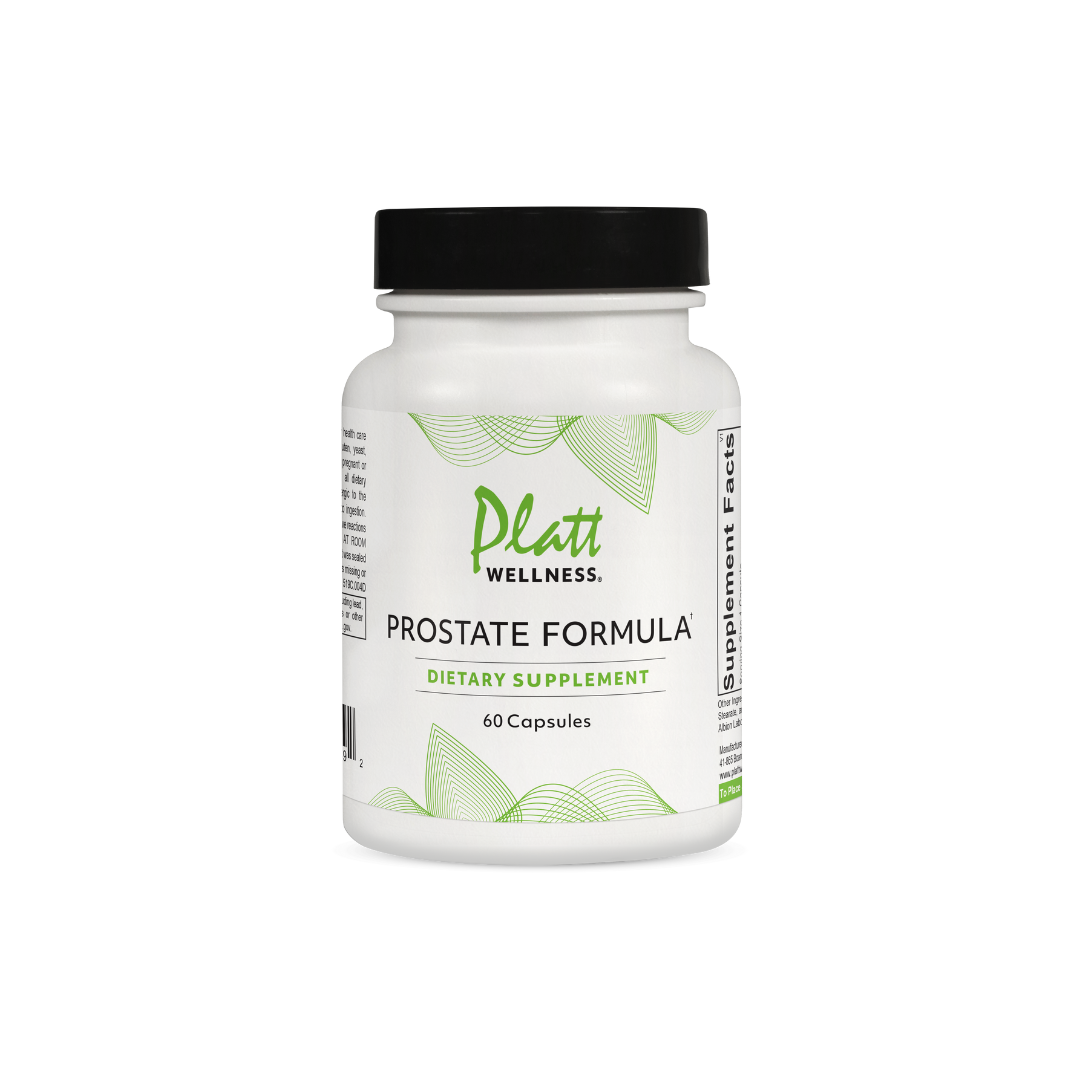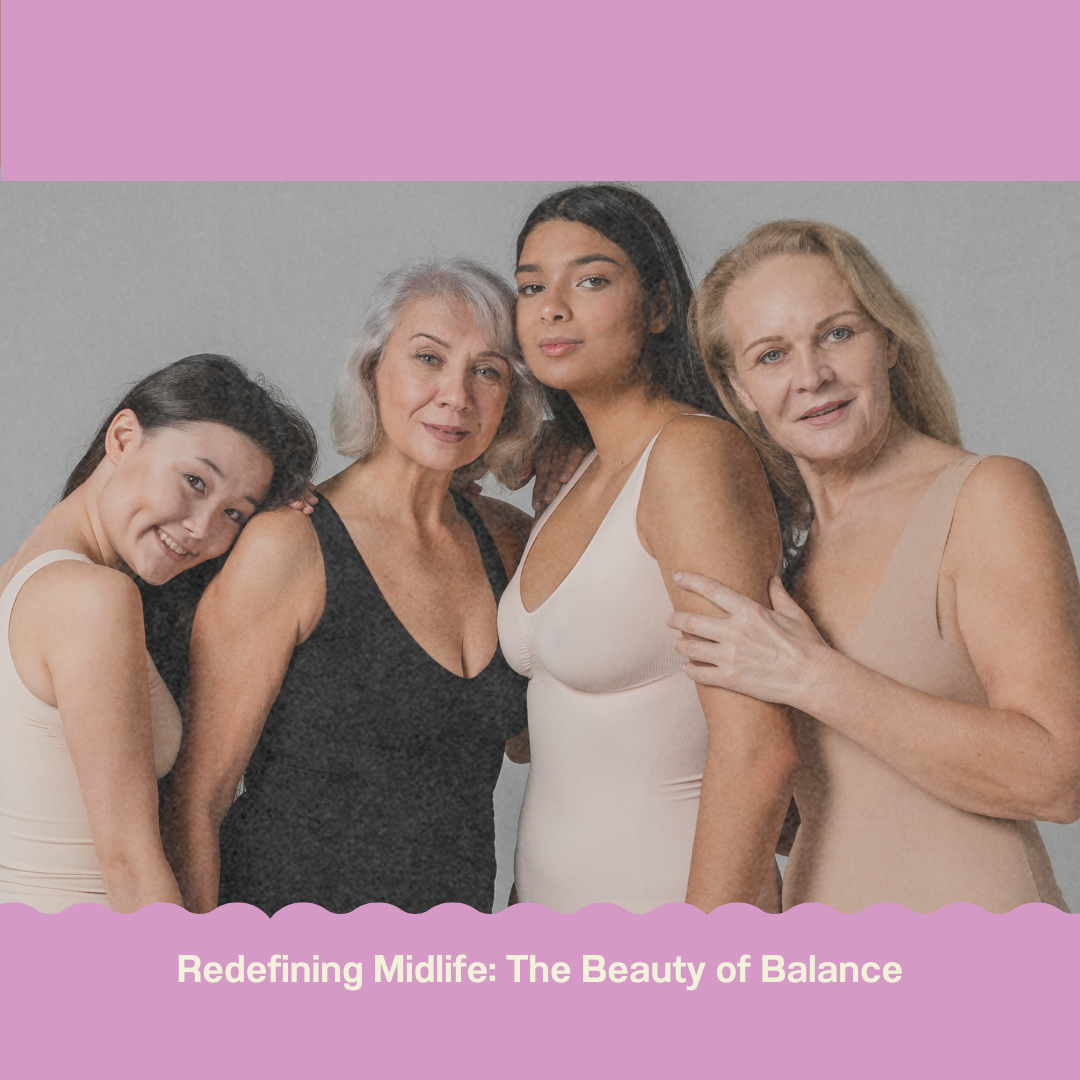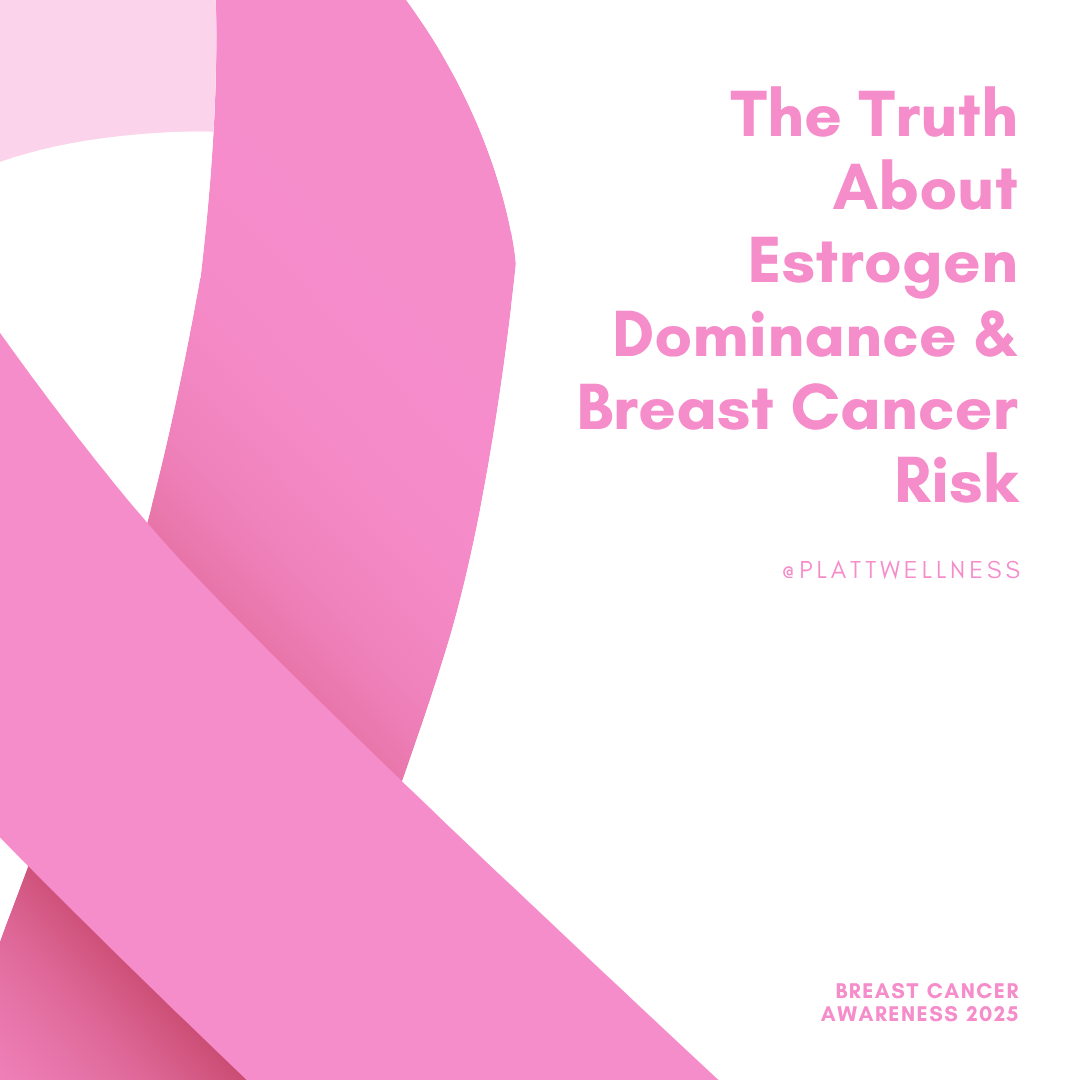Chapter 1 of Dr. Platt’s “The Miracle of Bio-Identical Hormones”
Many people are amazed to find that balancing hormones has such wide-ranging effects on patients’ health. But why not? Hormones regulate every aspect of our physical being. For the various hormones our bodies produce there are thousands of receptor sites distributed all over the body. Each kind of receptor site has the power to alter the body’s behavior in profound ways.
I believe the benefits of natural bio-identical hormone therapy should be available to everyone, and this book is designed to teach the reading public about those benefits. I am not writing this book for doctors, although I would welcome their readership. I am speaking to the public directly because
THE MIRACLE OF BIO-IDENTICAL HORMONES
I’ve observed again and again how people committed to their own health can change the system. In the past 35 years I’ve seen dozens of “unconventional” medical solutions brought into the mainstream by patients who insisted that doctors (and insurance companies) should give them what they want. Acupuncture, herbal remedies, meditation, and other “fringe” ideas have bubbled up into popular consciousness and earned credibility. I would like to see natural hormones come into the mainstream in the same way. By writing this book, I hope to join the chorus of voices focusing attention on natural bio-identical hormone therapy.
ESTROGEN DOMINANCE AND BRENDA J.
Brenda J., 57, visited my office primarily to discuss a weight problem. As we talked, it became clear that her “bloat,” as she called it, was actually a minor factor in a constellation of symptoms whose roots were hormonal. Far more serious than her weight were complaints that had begun surfacing when she was in her late 20s and thereafter accelerated rapidly: an inability to focus, constant headaches, chronic fatigue, aching bones and joints, and disorientation.
I am going to let Brenda tell her story, after which I’ll answer the questions you might ask if we were at a workshop together and you wanted to understand how I treated Brenda. I’ll explain how unbalanced hormones hurt her and how balancing her hormones healed her. I believe her situation is not uncommon. Readers with similar afflictions may see something of themselves in the way Brenda experienced a 30-year bout with estrogen dominance.
I’ve had a lot of female problems since I was very, very young. My first child was born when I was 17 years old. Paul was born a severe quadriplegic with cerebral palsy. When I was 18, my second child was born and died after three months. At 22, my daughter, Sandra, was born. She was normal but very, very tiny: three pounds. All of my children were born prematurely.
When I was 23 I had to have a complete hysterectomy. I had fibroid tumors, and one night I went into a very severe hemorrhage and was taken to the emergency room where doctors performed the hysterectomy.
Estrogen replacement was recommended by my gynecologist after the hysterectomy. I was told I would need to take estrogen for the rest of my life, since my body no longer produced it.
As soon as I began taking Premarin I felt that something was wrong. I just didn’t feel right. I told my gynecologist about this feeling and I suggested it might be the estrogen. But he told me that wasn’t the problem and that I had to be on estrogen. That was when I began gaining weight.
For the first five years after my hysterectomy my only symptom was this gradual weight gain. But then other symptoms began appearing. I began feeling fuzzy in the head. My vision started to blur, I wasn’t sleeping well and my joints started hurting.
When my first gynecologist retired, another doctor took over his practice. I tried talking to this doctor too, telling him how I felt. But he had the same response to my complaints as the first doctor. In fact, he thought my symptoms indicated that I might not be getting enough estrogen and he increased my dosage. This doctor put me on Synthroid, a thyroid drug, and kept increasing the amount of Premarin I was taking, so that by the time I was in my 40s I’d been taking 2.5 mg, the maximum dosage of Premarin, for 10 or 12 years. The gynecologist would explain away my depression by saying, “Of course you’re depressed. You have a handicapped child. You had a child that died. Your depression is normal.”
I got divorced in my 30s, and about a year after the divorce my physical problems started in earnest: the aches and pains, the fuzzy thinking, the deep fatigue, the headaches, and of course the bloated body, which got worse every year. I honestly don’t know how I managed back in those days after the divorce. I was so exhausted all the time I didn’t know which end was up.
A typical day would start with my getting up and my body hurting so badly that I would get into the shower and stand under the hot water until I could bend my arms and legs and move a little. Then I would get dressed and I was already exhausted. But somehow I’d do my work; you just do what you have to do.
During this whole time I tried getting second, third, and fourth opinions about the Premarin from various gynecologists. When I moved to Lake Arrowhead, California, I tried a gynecol- ogist there. This doctor told me to keep taking the Premarin and that the only problem I had with weight was that I had to stop eating so much. I told him, “I don’t eat. I starve myself to death and I exercise until I fall on my face and almost pass out.” He said, “Well, I never saw a fat woman in a concentration camp.” I got so mad I got up and walked out of his office. Shortly after that I read about this program at Duke University where you could get a total medical workup. I flew to Raleigh, North Carolina, and entered the program. I filled out endless forms and had blood tests and a hormone panel and all kinds of testing done. I lived there for six weeks and spent almost $20,000.
At the end of the whole thing they told me there was nothing wrong with me and that I should go home and visit a psychiatrist. It was the same old song: you’ve had a hard life, you’re stressed out, keep taking your Premarin and see a counselor.
The doctors at Duke University increased my dosage of Synthroid and put me on a high-carbohydrate diet. I was eating bagels and fruit in the morning, pasta for lunch and dinner, and now I started really bloating out. My metabolism was slowing down even more. I have photographs of myself from this period, and it takes my breath away to look at them. I was so huge! I was a size 14.
I developed a new symptom. I started having disoriented moments when I’d be on the freeway and I couldn’t remember where I was going or why I was there.
The turnaround came when I talked to a woman who was having some of the same problems I was having—achy joints, weight gain, puffiness, fatigue. We’d commiserate with each other, blaming it on our age. “Getting old isn’t what it’s cracked up to be,” we’d tell each other. I didn’t see her for about four or five months, and then one day I was out walking my dog and ran into her. I hardly recognized her. “My God, what are you doing?” I asked. She told me about Dr. Platt, and I went to see him the following week.
The first thing I noticed about Dr. Platt was that he really listened to me. Most doctors don’t hear you, but Dr. Platt makes you feel like you’re talking to your best friend. He did my hormone panel and told me he was taking me off Premarin. My first reaction was shock. All of my life doctors had been telling me that I needed estrogen replacement. I thought, “Maybe this isn’t going to work.” A few times I’d tried to wean myself from Premarin, and the hot flashes and headaches were unbearable.
And the way he was telling me to eat! Meats and vegetables, bacon and eggs for breakfast—it went against everything the culture was telling us about cholesterol and everything else. But at the end of our first meeting he said something that made me trust him. He said, “None of this is your fault. You’ve just never received proper treatment.”
So I started taking progesterone, two different thyroid hormones, and eating what he told me to eat. I was eating meat, eating eggs, and eating three meals a day. I never ate so much in my life. And the results happened so fast I couldn’t believe it. I could just see the weight dropping daily. And my energy shot up. I don’t ever remember feeling the way I started to feel. I felt wonderful and happy and energetic.
I can’t even describe it, it all happened so fast. I was thinking clearly, my vision cleared up, my headaches stopped, I started sleep- ing at night. In about a month I had to buy a new wardrobe. I immediately got rid of everything in size 14. I went down to a size 4 in two months.
The aches and pains started going away gradually. At six months I realized that my arms didn’t hurt. I could get up in the morning and move my arms.
By this time I felt so great that my new husband couldn’t keep up with me. I had more energy than he could handle. So he went to see Dr. Platt, and he got amazing results, too. He’s 11 years older than me and has always been very healthy, but now he feels like 40 again.
When I see friends, they’re shocked at how well I look. They think I’ve lost 90 pounds (I’ve actually only lost 47 pounds). My vitality is unlike anything they’ve seen in me before.
You know, when it comes right down to it, it isn’t even the difference in how you look ... it is how you feel. I wouldn’t give up how I feel for anything.
MIRACLE OR SIMPLE CHEMISTRY?
The transformation Brenda J. testifies to may sound incredible, but the truth is that it’s not an unusual occurrence in my prac- tice. I attribute every bit of it to the power of hormones. They regulate activity in every cell in the body, including the brain cells. As miraculous as Brenda’s healing sounds, it was no miracle—it was a matter of chemistry, pure and simple.
When Brenda first came to see me, she showed all the classic signs of estrogen dominance. She’d been laboring under the burden of excess estrogen her entire life, even before she was prescribed estrogen in the form of Premarin in her 20s. The reason for her overproduction of estrogen was a lack of progesterone. This deficiency of progesterone was the major cause of her problem pregnancies, and certainly the cause of her fibroids, which ultimately resulted in the need for a hysterectomy.
Just putting her on natural bio-identical progesterone made her feel better right away. Progesterone is a natural anti-depres- sant; it’s the feel-good hormone for women. With the proper amount of progesterone in her body, Brenda’s mood brightened. Progesterone is the hormone that balances out estrogen and takes away its worst side effects.
Progesterone is also thermogenic. It helps fat to burn by helping the thyroid gland to function better, as well as by raising body temperature. And it helps prevent the over- production of insulin, the main hormone that creates fat and keeps it stored. So Brenda’s metabolism improved and she began to see her weight melting away.
She was more comfortable inside her own body. That alone had to make her feel much, much better. Her fatigue started lifting, too. She had energy she hadn’t had before.
Part of her weight loss was related to a reduction in the fluid retention caused by too much estrogen, too much insulin, and the wrong thyroid medication.
THE UNFRIENDLY EFFECTS OF ESTROGEN
The improvement I saw in Brenda just a month or two after starting her on progesterone is something I see again and again in my practice. People have to understand that in many cases estrogen is toxic to the body. You can think of progesterone as an anti-estrogen hormone. Progesterone is there to protect the body from the negative effects of estrogen.
Which negative effects? Estrogen is very damaging to blood vessels. This is why it causes migraine headaches. Doctors are very much aware of estrogen’s effect on blood vessels. It’s why they warn women on birth control pills to be on the lookout for signs of phlebitis, which is an inflammation of the veins. Birth control pills contain two synthetic hormones—an estrogen and a progestin. (Progestin is a synthetic form of progesterone. It is a chemical that is unrelated to natural progesterone and has the same side effects as estrogen.)
Estrogen causes six different cancers in women. It’s been known for over 50 years that estrogen causes breast cancer. To my knowledge, estrogen and the drug Tamoxifen are the only known causes of cancer of the uterus. Estrogen is also a cause of ovarian cancer, cervical cancer, vaginal cancer, and cancer of the colon.
For years an effort was made to place estrogen on the list of cancer-causing chemicals. Once a drug is on this list, special warnings are supposed to be given. Estrogen was finally put on this list in 2003; however, you wouldn’t know it because it is never mentioned.
Morning sickness is only caused by too much estrogen. But doctors don’t realize that. They don’t know that you can prevent morning sickness and also prevent miscarriages by prescribing bio-identical progesterone. Natural hormones can help women with common problems like these, but doctors are generally unaware of it.
Estrogen has always been promoted for the treatment of osteoporosis, and it appears that in some studies it may prevent osteoporosis temporarily. Yet there have been no studies to show that estrogen reverses osteoporosis. In fact, it is primarily a lack of progesterone that causes osteoporosis. Studies are now finding that women on birth control pills, which suppress progesterone production, have an earlier onset of osteoporosis.
In women, progesterone is one of the hormones of choice in the treatment of osteoporosis. It stimulates osteoblasts in the bone to make new bones. Estrogen does not do this.
STANDING UP TO ESTROGEN DOMINANCE
I am not the first doctor to point out the over-use of estrogen in medicine today. The term “estrogen dominance” was coined by Dr. John R. Lee in his 1996 book, What Your Doctor May Not Tell You about Menopause. He was the first physician to go public decrying the use of estrogen to “cure” women’s menopause.
Unfortunately, the concept of estrogen dominance is not widely accepted in the medical community—a result of the fact that many doctors have very little understanding of hormones at all. This is a point I’ll come back to again and again. It’s one of the primary themes of this book: the conventional medical community is largely unaware of how important hormones are in regulating every aspect of our physical well being; or rather, they understand its importance intellectually but do not apply this in their practices.
Most doctors were never taught in medical school that a person can have too much estrogen. To the medical community there’s no such thing as a disease caused by too much estrogen. They know that there are conditions called fibroids and endometriosis, they know that women get fibrocystic disease in their breasts and so on, but they don’t seem concerned about estrogen’s role in causing these conditions. Women with these problems should never be given estrogen because they are at risk for even more serious complications from estrogen dominance.
It is very difficult for people, doctors included, to separate the hype associated with estrogen from the reality. Most of the research on estrogen has been bought and paid for by drug companies, who have almost 100 percent control over what gets published and, more importantly, what doesn’t.
It’s long been proposed by drug companies, and therefore by the doctors who tend to believe what these companies have to say, that estrogen is good for the heart. Yet five recent major studies have indicated that women starting on estrogen have higher incidences of heart attacks and strokes. For this reason, estrogen is now contra-indicated for women with coronary artery disease and women who have had strokes. Another negative side effect of estrogen is that it elevates levels of homo- cysteine, the substance that makes blood vessels sticky, leading to clot and plaque formation. The American Heart Association is now telling doctors to be much more selective in giving women estrogen.
This is a good place to make a comment about the term “estrogen” as it is used throughout the book. There are three basic types of estrogen: estradiol, estrone, and estriol, listed here from the strongest to the weakest. Estradiol is the one associated with most of the unpleasant side effects women experience, as well as the hormonal cancers that occur in both men and women. (However, using it transdermally appears to provide a level of safety in this regard.) Accordingly, when I mention the negative aspects of estrogen, I am usually referring to estradiol.
Estriol, the weakest and thereby the safest estrogen, does not cause cancerous changes in the cells. In fact, it is so safe that it has been used to treat breast cancer, since it occupies estrogen receptor sites and blocks stronger forms of estrogen. It is also the best type of estrogen for vaginal dryness.
Transdermal estrogens, even estradiol when applied transdermally, are basically safer than estrogens taken orally. However, they should never be used without concomitant progesterone cream to counteract the estrogen and avoid potential side effects. And keep in mind that all estrogens are lipogenic—they all create fat.
THE HEALING POWERS OF PROGESTERONE
When you realize that there are over 300 receptor sites for progesterone throughout the body, you can begin to appreciate the powerful effects patients can experience when they are given this hormone.
In general, progesterone is wonderful for brain tissue. In fact, progesterone levels are higher in brain tissue than anywhere else in the body. So progesterone influences memory function, and some studies indicate that it’s very good for preventing and possibly even treating Alzheimer’s disease.
Progesterone is also wonderful for nerve tissue. I’ve used it with diabetics who have a burning neuropathy in their feet. Sometimes the neuropathy is gone within three days. Progesterone also stimulates the Schwann cells that line the axis of a nerve and produce myelin. Multiple sclerosis (MS) is a condition associated with the demyelinization of nerve cells. Most of the patients with MS who I have treated have been estrogen dominant. Could this condition possibly be related to low progesterone levels?
Progesterone also has a healing effect on blood vessels. It undoes all the damage that estrogen causes. That’s why it works so well for preventing and treating menstrual migraines, and why it’s effective in preventing coronary artery spasm.
One of the best treatments for osteoporosis happens to be progesterone. It’s much better than estrogen in this regard. And because progesterone reduces the level of insulin—the number one hormone that causes the accumulation of fat in most people—it can be used to help control weight.
Being a feel-good hormone, especially for women, progesterone is also a natural antidepressant. As the antidote to estrogen, it helps prevent breast cancer, cancer of the ovaries, and probably cancer of the colon. In my view, it can also prevent cancer of the prostate, which I believe is another cancer caused by estrogen.
Brenda would have had a completely different life if the benefits of progesterone had been understood by the medical community. Instead, she was estrogen dominant, which led to her hysterectomy and brought on a surgically induced menopause. At that point, Brenda became a victim of the Premarin trend, also known as estrogen replacement therapy (ERT), which began in earnest in the 1970s. Before the 1970s, there was nothing in the gynecological canon that dictated giving women estrogen at menopause. I discuss the story of Premarin and ERT in chapter 10, the chapter on menopause and perimenopause.
FIBROMYALGIA
The pain that Brenda began to experience in her 30s was due to fibromyalgia. In my practice I come across many patients in whom physical pain—arthritis, fibromyalgia, and so forth—is intermixed with symptoms of hormone imbalance. Just getting their hormones in balance often leads to relief. Those hormones most often involved include progesterone, insulin, adrenaline, cortisol, and thyroid.
For the most part, these people are angry. Their hormone imbalances are allowed to go on year after year. They take part in expensive, time-consuming efforts to treat their symptoms, and the symptoms stubbornly persist. It’s understandable that they’d develop anger about their lot in life. I’ve found fibromyalgia to be present in many of the people who seek out my services, and, as with Brenda, it usually has not been properly diagnosed.
Anger can cause muscles to tense. When you tense a muscle, it produces lactic acid which causes pain, and the persistent tensing of the muscles utilizes a lot of energy, which causes fatigue.
Although Brenda doesn’t mention it in her story, she told me during her intake interview that she was also operated on for TMJ, or pain in the temporomandibular joint. TMJ is caused by tensing of the jaw muscles, which occurs usually at night and is always associated with anger. Brenda had a lot of good reasons to be angry. She was being misled by the medical community, and she had—let’s face it—a hard life raising her children on her own. I find her situation almost tragic. She was crying out for help, exhibiting classic symptoms that should have been impossible to miss, yet no one would listen to her.
In chapter 7 I discuss the way I treat patients with fibromyalgia, which is to deal with the underlying cause of their anger and to get their hormones back in balance. If you can balance a patient’s hormones, you can often treat their problems at the source without resorting to surgery and drugs.
I cannot emphasize enough the importance of utilizing hormones correctly. Some women are more sensitive to foreign substances than others. Brenda was a woman who sensed something wrong the moment Premarin was introduced into her system. She communicated this to her doctor, but he refused to give credence to her intuition. Ironically, when she tried to wean herself off Premarin, she suffered hot flashes and headaches. This is because foreign substances, once they are established on the cellular level, are difficult to flush out. For many women, coming off Premarin is like coming off heroin. A woman may go through severe withdrawal headaches, nausea, hot flashes, night sweats, and so on in the process.
The hot flashes and night sweats may be caused by luteinizing hormone (LH), a hormone secreted by the pituitary gland. The pituitary sends this hormone to stimulate the ovaries to produce more estrogen, progesterone, or other hormones. Anything that elevates luteinizing hormone—a lack of estrogen, progesterone, and perhaps even testos- terone—will produce the vasomotor effects that women get, that is, hot flashes and night sweats. Thus taking someone off estrogen can precipitate hot flashes. Or sometimes the pituitary is reacting to the fact that progesterone is low. So just giving progesterone can take away hot flashes.
In another chapter I address how to wean someone off of Premarin. As you can see, balancing a person’s hormones is a delicate juggling act.
WHY DUKE UNIVERSITY MEDICAL CENTER FAILED BRENDA J.
The medical center at Duke University is one of the most respected in the world. Brenda went there and told them she just didn’t feel good, so they put her through $20,000 worth of testing and at the end of six weeks said, basically, “There’s nothing wrong with you. You have to speak to a psychiatrist.”
How could this happen? How could a major medical research center fail to diagnose someone properly after $20,000 worth of tests?
One of the reasons is something I witness over and over again among conventional doctors: they don’t treat patients, they treat lab tests. Few doctors sit down and talk to patients any more. If the doctors at Duke had taken the time with Brenda, it would have been hard for them to miss the constel- lation of symptoms she was exhibiting.
Moreover, when most doctors do blood tests, they don’t always test for hormones. If they do, they don’t always test for the correct hormones. I have worked with enough cases of hormone imbalance that even before seeing the results of Brenda’s blood tests, I knew that she was suffering from estrogen dominance and hypothyroidism, her symptoms were so classic.
It’s not surprising to me that a medical center like Duke could miss Brenda’s symptomatology. The doctors at Duke University are no doubt good doctors. However, most of them are academically inclined and simply won’t consider non-traditional approaches that have not been verified by double-blind studies. Universities, and the hospitals and clinics associated with them, tend toward medical conservatism. They’re also heavily influenced by pharmaceutical companies, which fund all the big medical research studies, creating an aura of legitimacy around their products. In these settings, doctors’ view of the wellness movement and natural products is skewed. They tend to dismiss both.
AN UNDER-ACTIVE THYROID
Excess estrogen and low progesterone weren’t Brenda’s only hormone problems. She also had an under-active thyroid. Once her body received the correct type and dose of thyroid supplement, her metabolism increased and she was able to burn fat. She had more energy. As her fat reserves shrank, she felt lighter and more optimistic.
The doctors at Duke University diagnosed Brenda as having an under-active thyroid, but they used an inappropriate thyroid approach. Doctors, for the most part, fail to realize there are two different thyroid hormones and both have to be assessed. In spite of $20,000 worth of testing, the physicians at Duke did not see that Brenda was not making enough triiodothyronine (T3)—the thyroid hormone responsible for 90 percent of the thyroid’s activity. They gave her Synthroid, which is thyroxine (T4), basically a storage hormone. T4 must be converted to T3 to be effective, but Brenda’s body was unable to convert T4 into T3, so Synthroid did not help her. I discuss thyroid function and treatment in more detail in chapter 3.
The influence of the pharmaceutical companies is also a factor to some extent here. Synthroid is so well-publicized that it’s all that most doctors know when it comes to supplementing the thyroid gland.
Six weeks after her first visit to my office, Brenda came in and we sat down and talked. “Doc,” she said, “I’ve never felt better in my entire life.” That shows you the power of hormones.
AN OUNCE OF PREVENTION
To my mind, Brenda’s life and her battle with estrogen teach one very important lesson: it’s easier to prevent disease than it is to cure it. That’s why it’s essential that doctors educate themselves about hormones. They’re foundational. If you can balance a patient’s hormones, you can often treat their problems at the source without resorting to surgery and drugs. Brenda is a perfect example of the miraculous power of bio-identical hormone therapy.
For more information on hormone replacement therapy (HRT) and other case histories, can be obtained in my book “The Miracle of Bio-identical Hormones.”
Thank you for reading and stay safe and healthy.
Dr. Platt
Dr. Michael E. Platt has been a pioneer in the research and advancement of the therapeutic use of progesterone cream for use in managing adrenaline and hormonal imbalance. Dr. Platt is considered an important pioneer in observational, functional, alternative, and allopathic medicine focused on bio-identical hormones and adrenaline overload. His three books “The Miracle of Bioidentical Hormones”, “Adrenaline Dominance” and “Platt Protocol” have received 11 literary awards.

